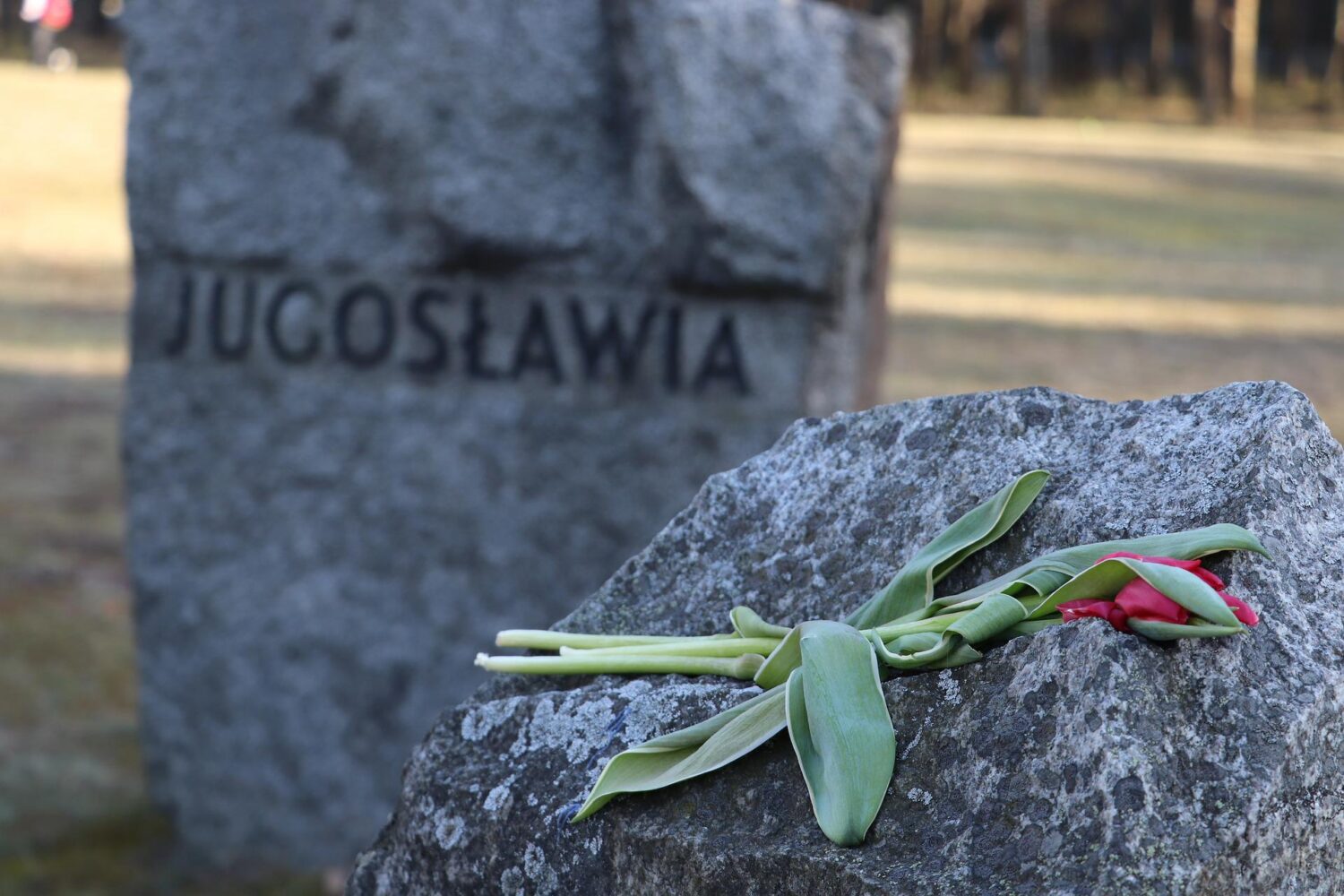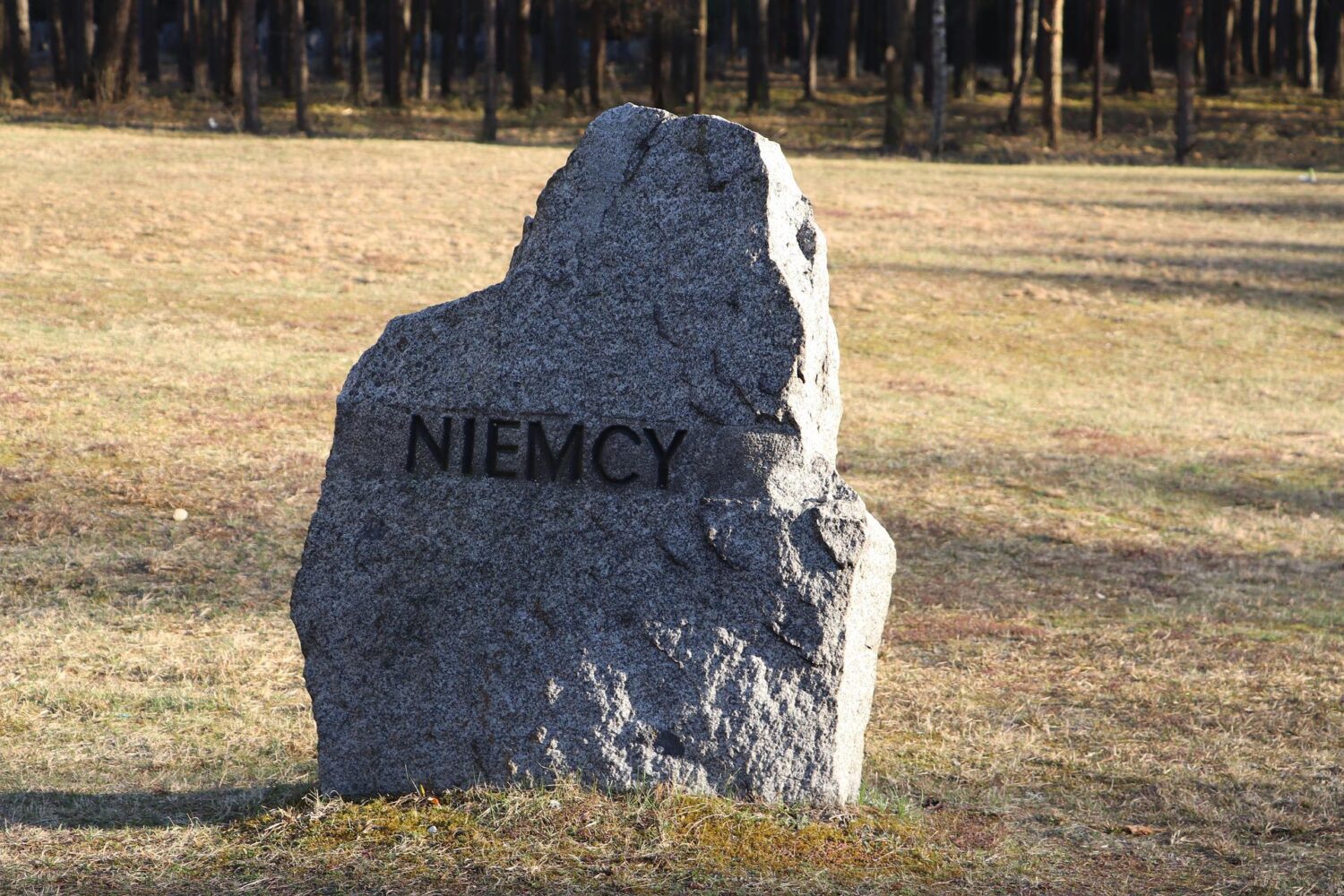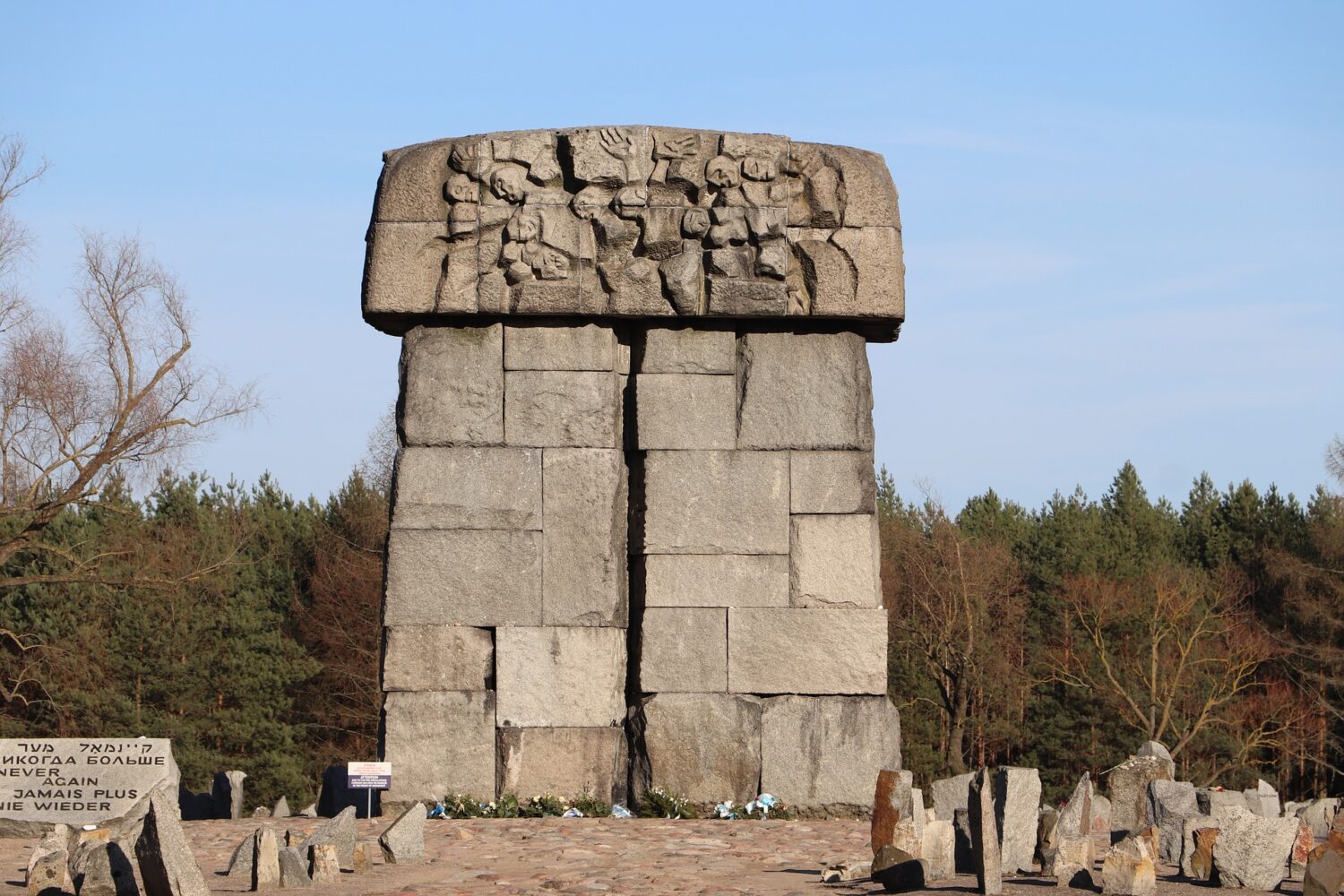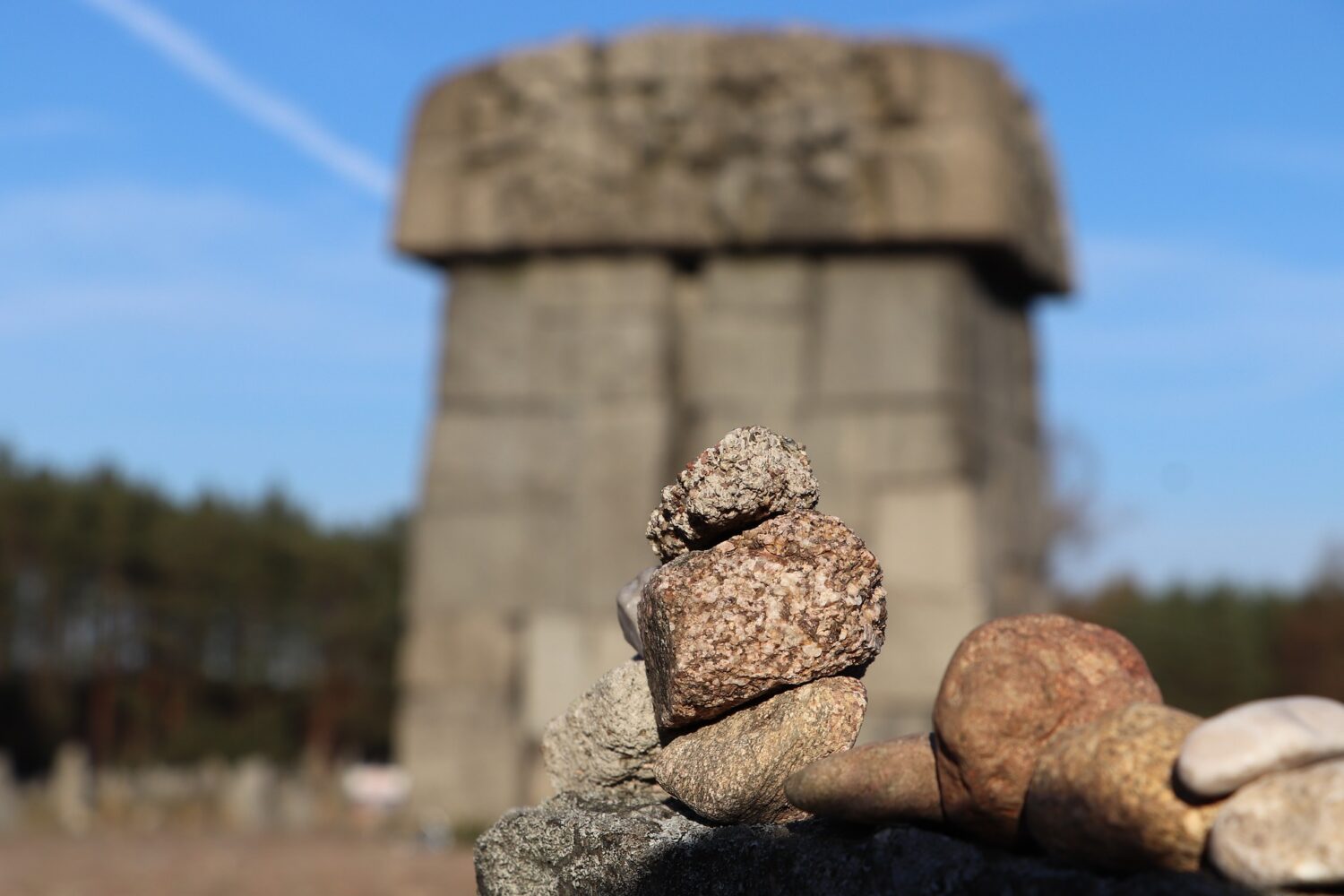Majdanek Concentration Camp
Majdanek
Majdanek Camp – updated 15 January 2023.
Majdanek was a Nazi German concentration and extermination camp built and operated during World War II by the SS near the Polish city of Lublin. The camp was established in October 1941 and was one of the first Nazi camps built specifically for the extermination of Jews, as well as other groups such as Romani, Polish intelligentsia and Soviet prisoners of war. The camp was also used as a forced-labor camp for prisoners.
Majdanek was one of the most deadly camps of the Holocaust, with an estimated 80,000 to 130,000 people killed there. The majority of those killed were Jews, but the camp also held a significant number of non-Jewish Polish and Soviet prisoners, as well as Romani and prisoners of other nationalities. The camp was liberated by the Soviet Red Army on July 23, 1944 and it is now a museum and memorial site open to the public.
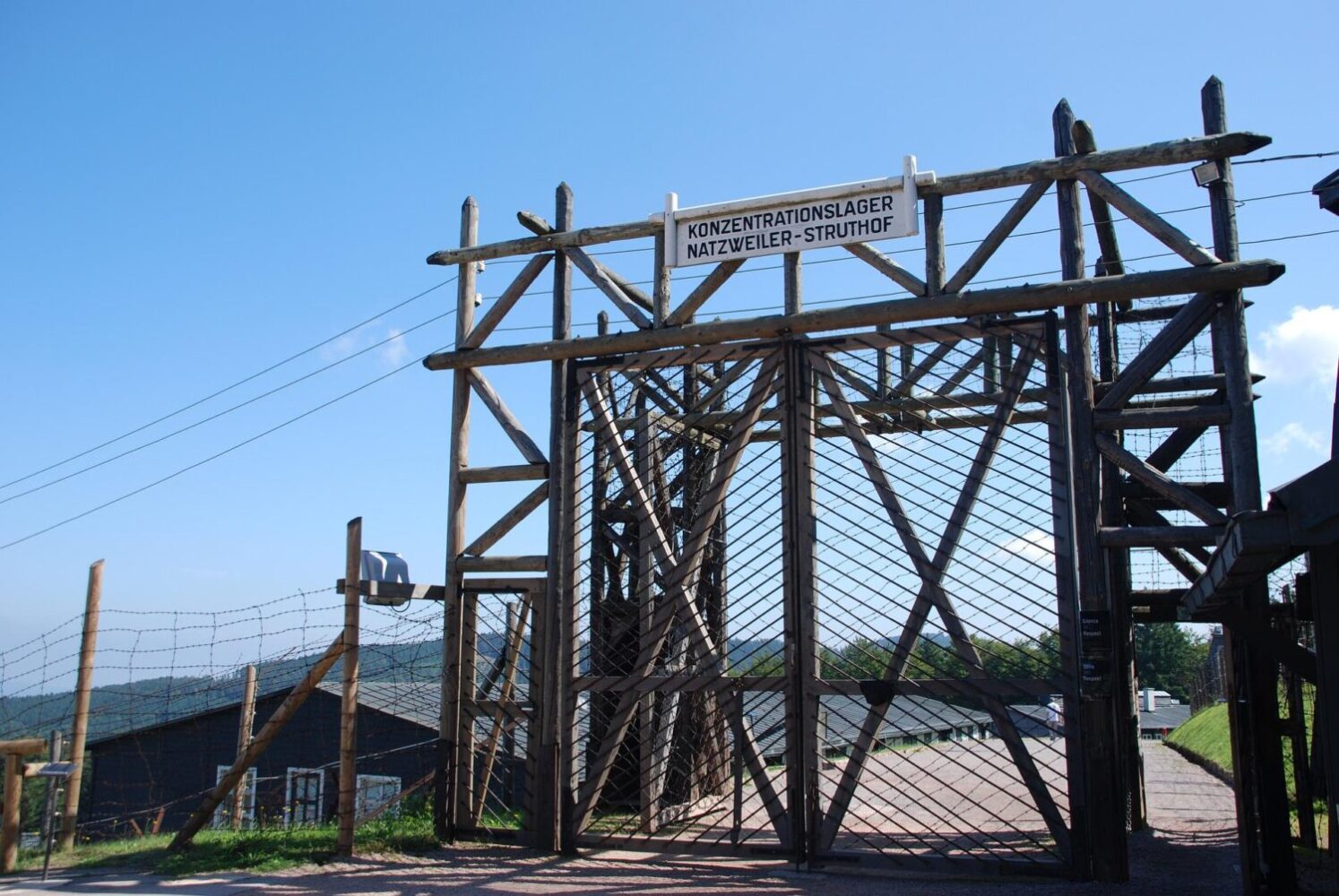
Operation Reinhard
The camp was located on the outskirts of the city of Lublin and was initially intended for forced labour. It soon became part of Operation Reinhard, the secretive German plan to exterminate Polish Jews in the General Government district of German-occupied Poland.
Seven gas chambers
The 270-hectare camp was one of the largest of the Nazi run death camps with seven gas chambers, two wooden gallows and 227 structures. Unlike other camps, the camp was captured nearly intact due to the rapid advance of the Soviet Army, which did not allow the SS sufficient time to destroy the infrastructure and evidence of war crimes.
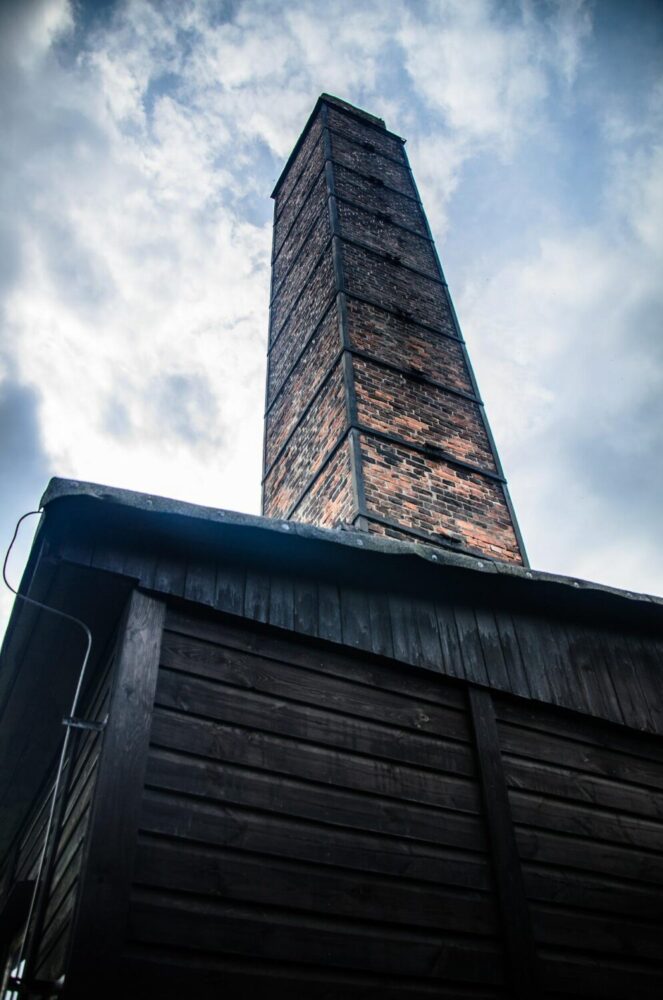
Heinrich Himmler
The concept for the camp originated with Heinrich Himmler who was Reichsführer of the SS and a leading architect of the Holocaust. Originally, the camp was used as a work camp housing prisoners from 30 different countries and Soviet prisoners of war. The conditions at the camp were horrific, of the 150,000 people who were imprisoned in Majdanek, 80,000 died, including 60,000 Jews. Many succumbed to disease, starvation and the forced labour.
Sorting and storage depot
During the beginning of Operation Reinhard, the camp was re-purposed as a sorting and storage depot for property and valuables stolen from the victims at the death camps of Belzec, Sobibor, and Treblinka. The gas chambers were added to the camp in September 1942; at which time, Majdanek began to function as a killing centre.
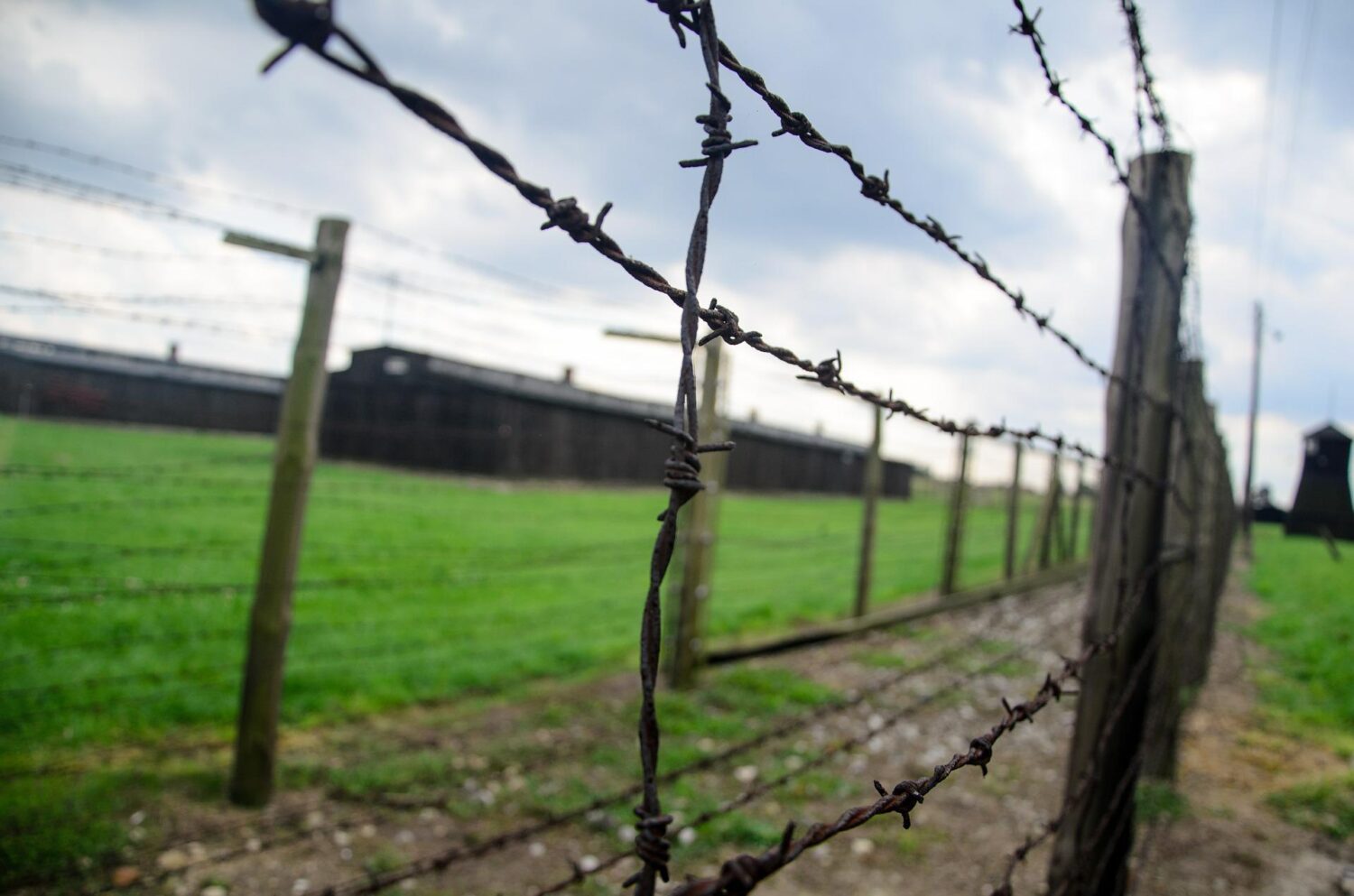
Victims
The official estimation of the number of victims of Majdanek is 78,000 of those 59,000 were Jews.
In July 1969, on the 25th anniversary of its liberation, a large monument was constructed at the site. It consists of two parts: a large gate monument at the camp’s entrance and a large mausoleum holding ashes of the victims at its opposite end.
FAQ
Q: When was Majdanek Concentration Camp established?
A: The camp was established in October 1941 by the SS during World War II.
Q: Where is Majdanek Concentration Camp located?
A: It is located near the Polish city of Lublin.
Q: Who operated Majdanek Concentration Camp?
A: The camp was operated by the SS (Schutzstaffel) during World War II.
Q: How many people were killed at Majdanek Concentration Camp?
A: An estimated 80,000 to 130,000 people were killed at Majdanek Concentration Camp. The majority of those killed were Jews, but the camp also held a significant number of non-Jewish Polish and Soviet prisoners, as well as Romani and prisoners of other nationalities.
Q: When was Majdanek Concentration Camp liberated?
A: It was liberated by the Soviet Red Army on July 23, 1944.
Q: Is Majdanek Concentration Camp open to the public?
A: Yes, the camp is open to the public as a museum and memorial site. Visitors can tour the camp and learn about the history of the Holocaust and the atrocities committed at Majdanek Concentration Camp.
